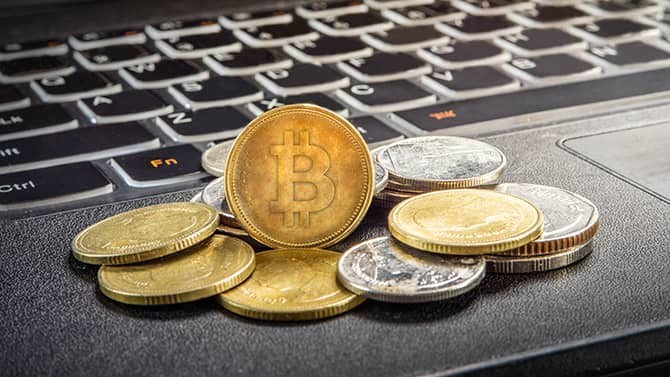In an ever-evolving financial landscape, Bitcoin emerges as a curious blend of ingenious ideas and simplistic mechanisms.
While some may dismiss it as a monetary experiment doomed to fail, it offers us a unique opportunity to challenge our fundamental assumptions about how financial systems should operate.
Let’s delve into the three fundamental design premises of Bitcoin and explore how they can inspire us to reimagine and fix the flaws in our existing financial infrastructure.
First: Imagine a world where digital money is within our direct control, allowing us to transact with others without the need for a licensed financial institution. Currently, holding digital money necessitates becoming a customer of institutions like Citibank, PayPal, or M-PESA.
But what if we could empower ourselves with the ability to engage in peer-to-peer electronic payments, even if only as a countervailing power or a last resort? This notion challenges the centralized hold on our financial autonomy and invites us to consider alternative ways of serving ourselves financially.
Second: Envision a digital money network that operates without the constraints of specialized infrastructure. Modern finance grapples with increasingly complex core banking platforms, creating a burden that hinders innovation. Yet, other forms of digital content have transcended specialized networks by leveraging higher-level protocols on the internet.
Bitcoin embodies this concept by offering a set of protocols that ensure the secure ownership and transferability of digital value over the internet, free from the risk of duplication or double-spending. By adopting such protocols, we can pave the way for a more open, interconnected, contestable, and cost-effective ecosystem for financial services.
While the concept of Bitcoin as an alternative or private currency may garner the most attention, it is not the most intriguing aspect.
Third: The real value lies in the potential transformation it can bring to payment and financial services. By combining the first two ingredients, we can establish fiat money that is peer-to-peer, held securely, and operates over the open internet.
This approach eliminates the need for traditional banking gatekeepers, reducing the cost of transferring money. It also enables a wealth of innovation by allowing financial services to be implemented directly through customer wallet applications, without reliance on centralized providers. Think of it as the rise of programmable money, akin to the transformative power the internet unleashed through decentralized intelligence.
The Power of Self-Service Fintech Solutions
Embracing such a system would yield numerous benefits. Achieving financial inclusion would become significantly more accessible, with people gaining financial access by simply downloading a secure smartphone application. The cost of electronic transactions could be drastically reduced, enabling the economic viability of small-scale transactions. Furthermore, this system would instill market discipline in banks, providing individuals with a credible flight-to-safety option and regulators with a credible let-it-fail option during times of banking distress.
It is important to note that this vision does not advocate for the eradication of banks; they will continue to play a pivotal role in intermediating funds.
Banks can entice customers with attractive deposit interest rates and offer on-demand loans that may not be feasible on a peer-to-peer basis. However, the key lies in offering individuals the choice of a self-service option, especially when traditional banks fail to meet their needs. This service-versus-application dichotomy mirrors the success of Skype over traditional telecom providers, benefiting end-users.
Implementing such a transformative solution is not without its challenges. Technical, regulatory, and customer acceptance hurdles lie ahead. Yet, shouldn’t these considerations occupy a central place in our ongoing debate about financial architecture? We must envision financial systems as seamless fabrics, weaving together various components, rather than confining them to a restricted collection of connected institutions.
Paving the Way for a Resilient and Inclusive Financial Future
Bitcoin’s disruptive potential reminds us to question and reimagine the very foundations of our financial systems. Let us harness the power of innovation, challenge existing norms, and create a future where financial inclusivity, autonomy, and stability flourish. By daring to dream, we take the first step towards a more resilient and equitable financial world.
Find more of analysis based on Tanzania’s economy here.

